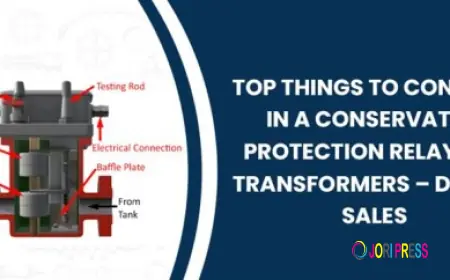Long-Term Storage of Military Equipment: Lessons in Corrosion Control
Introduction
Military equipment is one of the most important and mission-critical investments for any country. Tanks, airplanes, naval vessels, and armament systems must always be reliable and ready for deployment. Corrosion, on the other hand, is one of the most serious issues that arise when equipment is placed in long-term storage. If left untreated, rust can jeopardize structural integrity, shorten lifespan, and need costly repairs or replacements.
In this article, we will look at the issues of corrosion in long-term military storage, as well as the lessons learnt from properly controlling it.
Why is corrosion a serious threat in long-term storage?
Military equipment frequently comprises metals including steel, aluminum, and copper, all of which are prone to corrosion. When stored for an extended period of time, particularly in humid or coastal locations, equipment is exposed to:
-
Moisture and humidity promote corrosion.
-
Saline air in coastal areas accelerates electrochemical processes.
-
Temperature changes cause condensation inside storage units.
-
Inadequate protective packaging leaves metal surfaces unprotected.
Corrosion has a direct impact on operational preparedness and national security for the military, not only equipment degradation.
Lessons on Corrosion Control from Military Practices
Over decades of experience, military organizations around the world have developed best practices for safeguarding equipment while in long-term storage. Some of the main teachings are:
1. Use corrosion inhibitors and protective coatings
Specialized coatings and volatile corrosion inhibitors (VCI) are commonly employed to create a barrier between metal surfaces and the environment. VCIs can be applied via films, wraps, or emitters, guaranteeing that even difficult-to-access places are protected during storage.
2. Climate Controlled Storage Facilities
When budgets allow, climate-controlled hangars and warehouses considerably reduce corrosion risk by managing humidity and temperature. This works exceptionally well for aircraft, electronics, and delicate armament.
3. Routine inspection and maintenance cycles
Long-term storage does not imply negligence. Scheduled inspections aid in detecting early signs of corrosion, leakage, or packing failures. Proactive maintenance ensures that equipment is ready for service when needed.
4. Advanced Packaging Solutions
Modern protective packaging, such as multilayer laminates with built-in VCI characteristics, outperforms traditional tarps or covers. These materials protect the device from oxygen, moisture, and contamination.
5. Training and Awareness
Personnel involved in storage operations are educated to assess corrosion concerns and correctly implement preventive measures. Proper handling and storage guidelines can significantly reduce long-term damage.
Real-world applications
For example, the United States Department of Defense spends billions of dollars each year on corrosion-related costs. They were able to extend the life of essential assets and save millions of dollars in maintenance costs by using structured long-term storage solutions that included VCI technology and frequent inspections. Similarly, naval forces around the world use sealed storage systems to preserve spare parts and weapons from saltwater-induced corrosion.
Looking Forward: Sustainable Corrosion Control
With a rising emphasis on sustainability, military are looking into eco-friendly coatings, biodegradable VCI packaging, and smart sensors that can detect corrosion in real time. These solutions not only reduce environmental impact but also assure the safe and long-term storage of critical assets.
Conclusion
Corrosion may be an unavoidable natural process, but with the correct tactics, its influence on military equipment in long-term storage can be reduced. Lessons from decades of experience emphasize the necessity of sophisticated coatings, smart packaging, climate control, and routine maintenance. By combining these procedures with developing technologies, defense organizations may assure that their equipment is combat ready whenever duty calls.
What's Your Reaction?
 Like
0
Like
0
 Dislike
0
Dislike
0
 Love
0
Love
0
 Funny
0
Funny
0
 Angry
0
Angry
0
 Sad
0
Sad
0
 Wow
0
Wow
0


















































